by Miguel Crunia - @miguelcrunia
.png.transform/rendition-xs/image_image%20(1).png)
We explore in depth that wide range of native varieties that are being recovered in Green Spain

by Miguel Crunia - @miguelcrunia
Today we embark on a viticultural journey along the shores of the Cantabrian Sea and the Atlantic Ocean. And we do so to explore the varietal richness of these regions, which boast more than 70 native varieties. Putting this into perspective, they represent a good slice of the total number of native varieties in Spain.
In a saturated international market, any distinctive value is key to breaking through. That diversity found in Northern Spain is a perfect opportunity to compete against more homogeneous regions, with a philosophy where the vineyard prevails over the variety and even the winery itself. It's important to understand that wine in these areas was food, not a commodity. Therefore, the way vines were cultivated was by co-planting different varieties because locals sought to achieve the profile of the wine they would like to drink throughout the year right there at the vineyard. It is precisely this fact which saved many of those from disappearing after phylloxera crisis.
Today, at a time when the Regulatory Councils that steer our Designations of Origin are focused on promoting a single-variety culture to compete in the base markets, we see the efforts of a large number of small vignerons who are striving to recover all those indigenous varieties that risk being lost into the oblivion as a way not only to protect our heritage but to position themselves in the market.
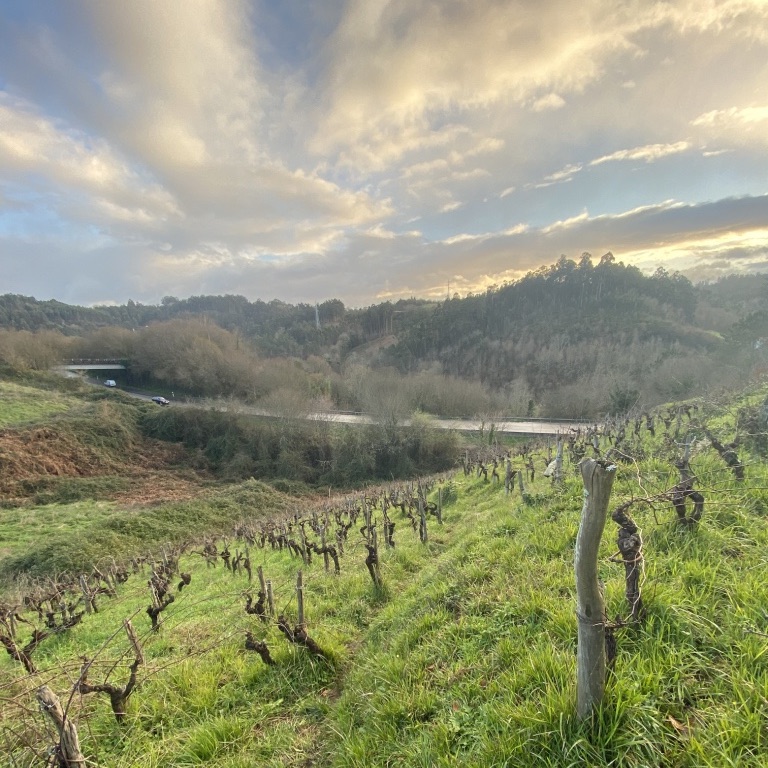
Galicia’s Varietal Wealth
Perhaps it's due to a personal connection with the region (I’m a native) but we’ll start our journey in Galicia, which accounts for more than 60 indigenous varietals. All of which are grouped around the three founding varieties: the native Caíño Bravo, the Portuguese Batoca, and the European Traminer, varieties that hybridized between themselves evolving into all the varieties we have there today.
Branco Lexítimo, the grape of the future
From all of those, the variety I truly think that will revolutionize the wine scene in Galicia is Branco Lexítimo, a variety with an Atlantic acidity, highly terpenic and with a smooth glyceric palate; all essential characteristics to craft worth aging cuvées. It is in the province of A Coruña where it thrives at its best, giving in return incredible complex wines both in Betanzos (check for Bodegas Rilo’s Castro de Untía and Casa Beade’s or Ribeiras do Armea) and in Barbanza e Iria, where this grape is known as Raposo (Adega Entre Ríos’ Vulpes Vulpes and Cazapitas’ Raposo are the names to keep in mind). There are some interesting wines made in Negreira de Muñiz (where the variety is called as Branca País, where it softens and mellows a bit, displaying a riper perfume) and in Asturias, in the heroical mountainous region of Cangas de Narcea, where it is known as Albarín Blanco (wrongly thought to be Albariño back in the day, and where the variety displays interesting mineral inputs).
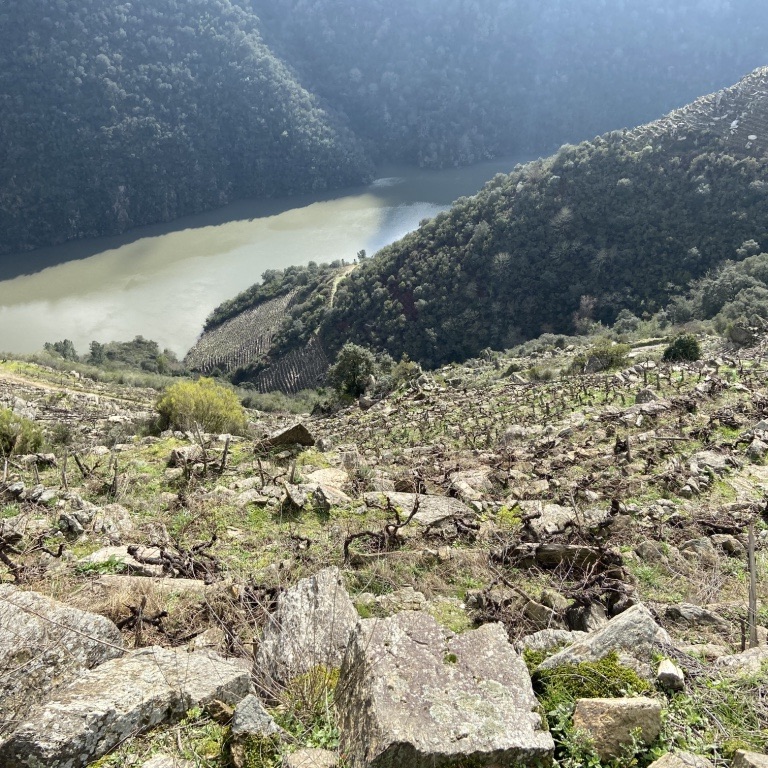
Rías Baixas’ most traditional side
Although we identify Rías Baixas with Albariño (since its plantation covers over 90% of the total vineyard area), as I mentioned in my previous article, before the 1980s, the red varieties were the most popular in this area. Today, we find wineries like Albamar, Forjas del Salnés, Zárate, and Bodegas Fulcro, which are strongly committed to reintroducing varieties like Espadeiro (perhaps the most fragrant, tense, and with a seductive herbal character; check Bodegas Fulcro’s Aliaxe Fabaiños or Albamar’s O Esteiro Espadeiro), Tinta Femia (aka Caíño Tinto, with a more vegetal character and a lot of energy. Zarate’s Caíño being the finest out there), and Loureiro Tinto (somewhat more rustic; finding the greatest example in Forjas del Salnes’ Loureiro). These are very demanding varieties that require great care in the vineyard to ensure they produce small but highly characterful fruit. Furthermore, the coastal climate doesn't allow a long ripening season, resulting in acid-driven wines with low alcohol content. They are usually crafted in large oak barrels. Being patient and keep them in the bottle for several years is an excellent tip as they’ll turn into wines that can compete within the finest leagues. Here, there are also other white varieties like Ratiño (widely planted back in the day and which shares borders with the neighbouring region of Barbanza e Iria. Names such as Cazapitas with their O’Peruco, or Anónimas Viticultoras with their Murinüs, are doing some interesting work with it) or Loureiro (very common in the southern side of the region where it is also called Marqués), a variety which is intensely aromatic (almost Traminer-like), with some bay-leave like nuances (at Adega Sergio Alvarez they master it with a cuvée called Apa).
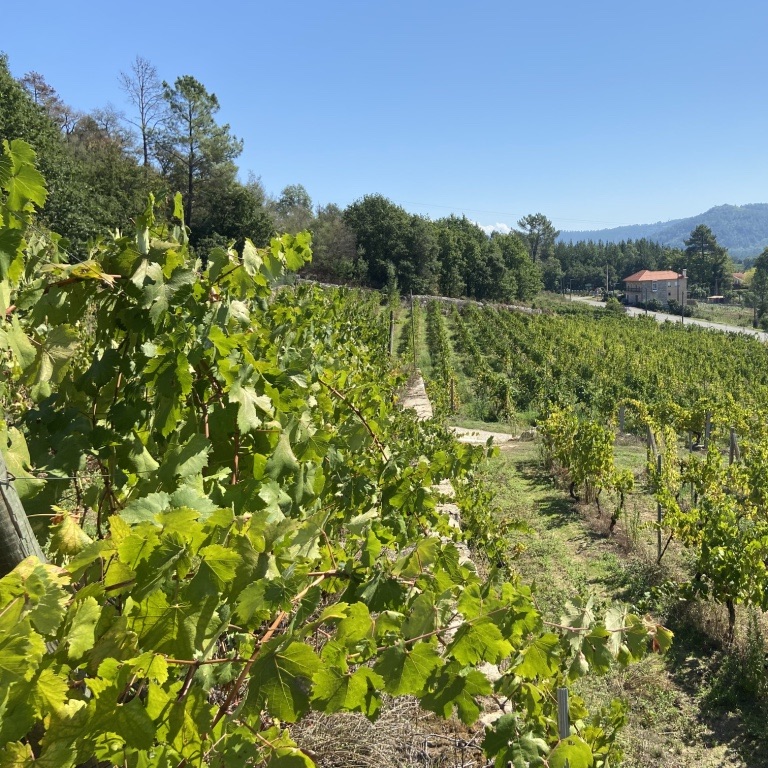
Ribeiro’s historical legacy
Delving into Ribeiro means setting foot into the most historic region of Galicia. I've already written about Ribeiro’s Golden Ages, but it's good to see how an emerging group of small winegrowers are opting to co-plant the historical varieties of Ribeiro, both white and red, to give life to wines that revive the memory of those wines of yesteryear. Thus, varieties such as Lado, Albilla del Avia, or Verdello Antigo (for whites) and Caíño Longo, Zamarrica, Carabuñeira, Sousón, and Ferrón (for reds), among many others, teach us that working with indigenous varieties is the path towards setting the difference and identity of Ribeiro’s wines. Growers such as Xulia Bande, Antonio Míguez Amil, Luís Anxo Rodríguez Vázquez, Cume do Avia, Adega do Demo, Iria Otero, Iago Garrido, Bernardo Estévez or Soños do Desterro have become leading examples and role models to be followed. You can also find people working with single varietals in a very interesting way such as A Pita Cega and Jorge Pérez from L’Ombre, who are bottling very fine cuvées using varieties such as Treixadura (A Pita Cega is also the name of an iconic cuvée), or Caíño Branco (look for L’Ombre’s Pinka, simply spectacular). With such an array of indigenous grapes you can imagine that the style of wines that winemakers can give life to is enormous, but if I’d have to highlight some features those would be the ability to transmit the soils through the glass, the long-living potential, and the supple herbaceous elegance they can achieve. Here, although it is still a residual practice, the tradition of Tostado del Ribeiro is also being revived. This naturally sweet wine is produced very similarly to a Passito and can be made with either red or white grapes. The work of Antonio Míguez (with his A Para do Pé) and Adegas Celme (with Celme Tostado) stands out in this regard.
Heroical viticulture in the vertiginous slopes of Ribeira Sacra
There are significant studies which suggest that, before the massive introduction of Mencía in areas like the Ribeira Sacra (one of the most vertiginous regions on the planet where, on the banks of the Sil River as it passes through Amandi and Quiroga, you can find vineyards with an inclination of over 65%), there was another variety that reigned throughout almost all of Galicia: Brancellao, which is a silky red variety, nicely berried, mineral-driven, that give wines with an incredible potential to be aged thanks to its acid backbone (Algueira’s Serradelo represents the quintessential of this variety). But there are also other red varieties like Bastarda or Merenzao (internationally known as Trousseau, very ethereal and savoury in character, look for Fedellos do Couto’s Bastarda or Pradio’s Mrz), Sousón (high in everything: tannins, body, color, acid), and Caíño Longo (which is herbal, tense, citric, and supple, being Atrium Vitis’ Camiño Longo a fine example) that are giving us magnificent wines. I like specially the work that names such as Atrium Vitis, Algueira, Pradio, or Fedellos do Couto are doing bottling some of these varieties in purity. As you could guess, in this region there are also a lot of wines born out of that idiosyncratic co-planting philosophy. Leading names within the region are Guímaro, Adega Sernande, Adega Entre Cantos, Sílice, Dominio do Bibei or Adega Saíñas.
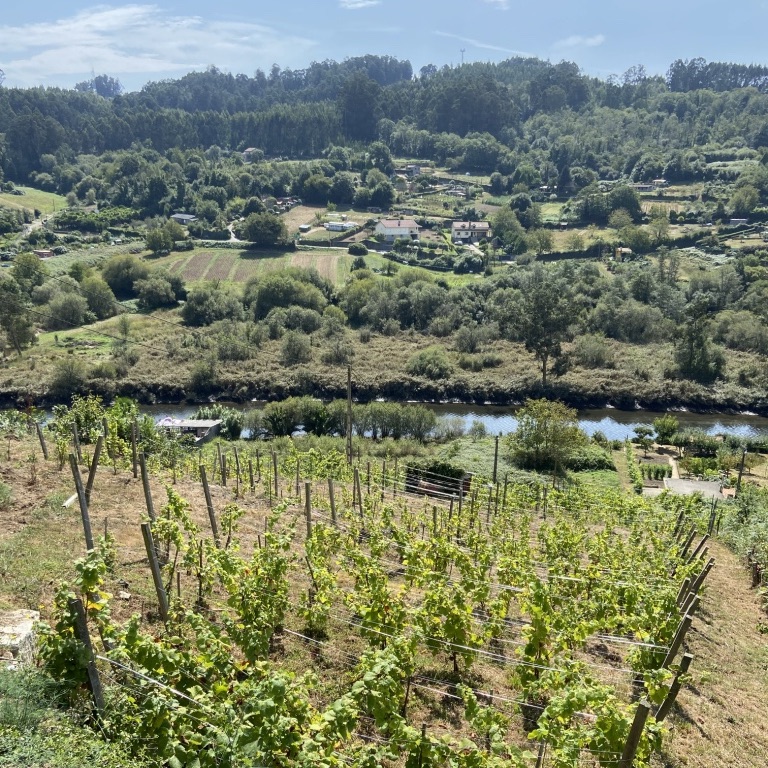
The austere elegance of Doña Branca
Like everything else, these are all varieties that intermingle across territories, making it impossible to assign them a specific birthplace. The important thing is that our vinegrowers are returning to them, still having to re-understand their character, how they should be cultivated, and which soil profiles and exposures are most favorable for their viticulture. Another of these cross-border grapes is Doña Blanca as we can find it in the mountains of Ribeira Sacra, Monterrei, or Valdeorras. It's an austere, waxy variety capable of transmitting many mineral inputs. It's usually aged in old oak, and its potential is fascinating (both blended or in purity). I like how Adegas Doña Paca, Iago Garrido, La Perdida or Quinta da Muradella understand it.
A Trip to the Cantabrian Coast
If we follow the Cantabrian coast, we will travel through some areas where vinegrowing was a traditional activity that fell into abandon, and to which many people is now returning. I’d like to highlight the work being done in one of the most beautiful regions of our Peninsula, Cangas del Narcea (Asturias), where they have some vineyards located on almost vertical slopes. Here they work not only with Albarín Blanco, but also with other native red varieties such as Carrasquín and Verdejo Negro. Meanwhile, in Cantabria, they are producing wines that hope to be rediscovered at the feet of the Picos de Europa mountain. To recover that lost tradition, winemakers are experimenting by planting both international and local varieties, such as Albarín, Albariño or the neighbouring Hondarribi Zuri (an interesting white variety with a pronounced iodine, citric, tense yet waxy character) or the red Hodarribi Beltza (in the right hands it’ll produce elegant wines that will make you forget about Cabernet Franc), which share territory with their neighbours in the Basque Country, where we can find the best examples of them. It is precisely in the Basque Country where phylloxera ripped through the Txakolí industry, so when it was time to recover it, the region switched its focus to make the white wines the market demanded abandoning the local preference to consume red wine. Today, an emerging group of winemakers are reinterpreting their tradition in a way capable of giving us Txakolinas that escape that benchmark style with traces of residual carbon dioxide, demonstrating that both white and red wines can be made with aging potential and high-level finesse. Let me recommend you the work of Oxer Bastegieta (with a cuvée called Marko), Doniene Gorrondona (look for their red cuvée Ho.Be, made with Hondarribi Beltza, simply outstanding craft), Jaunjo Tallaetxe (and his fresh and saline Tantaka), and Bat Gara (with their barrel aged Urtaran) as I truly believe they are setting the path to introduce Txakolís in the greater leagues.
As you can see, Northern Spain is a verdant paradise that cradles an incredible varietal wealth. I recommend you explore it in depth to gain a complete picture of traditional wine culture in this corner of the Iberian Peninsula, and because many of the names I've mentioned above will establish themselves as some of the great classic references of tomorrow.
7 wines not to be missed in your cellar
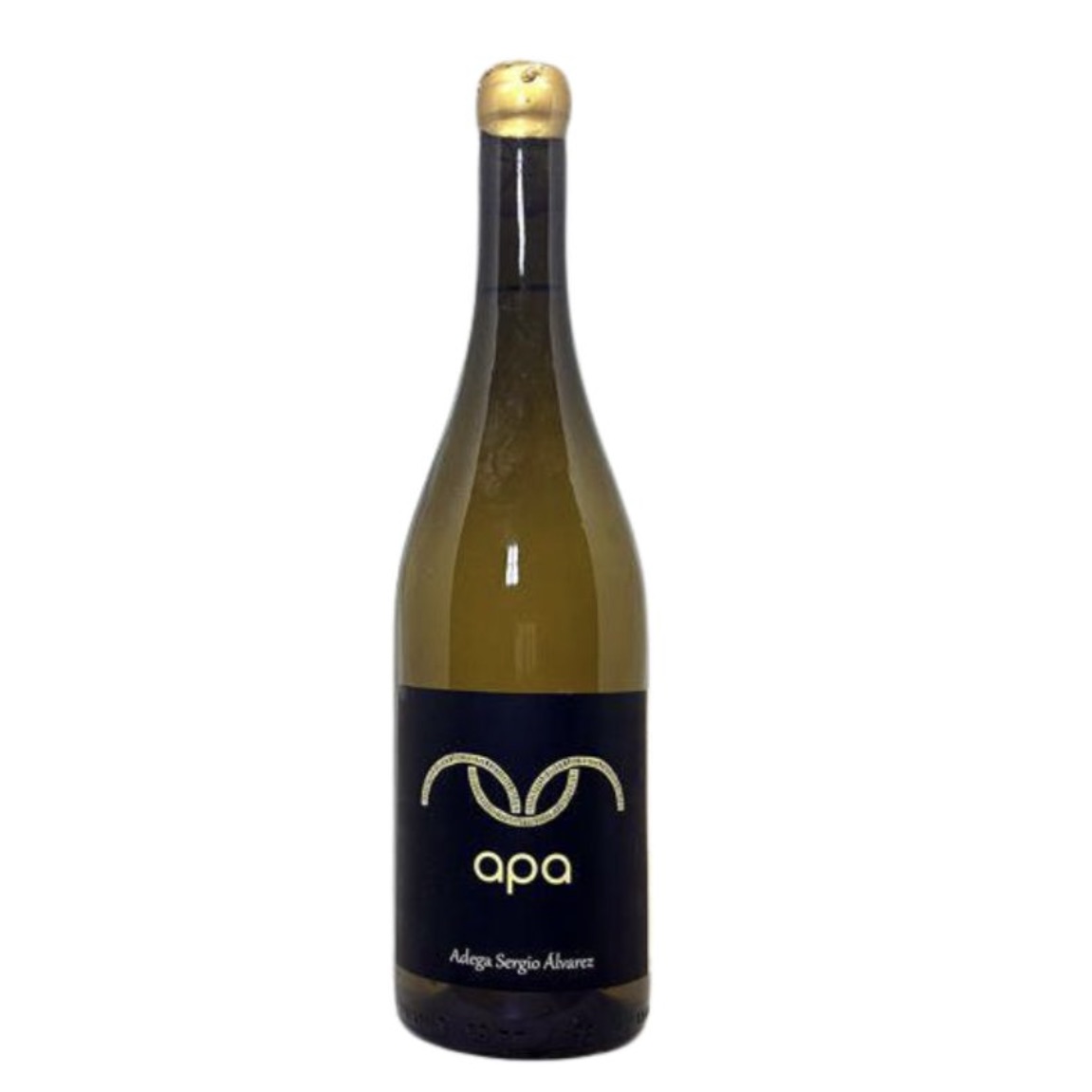
Apa, Adega Sergio Álvarez, O Rosal, Rías Baixas, (labelled out of the DO), 2022
Let me start this section by taking you to Rías Baixas, to El Rosal subregion. Here, we discover a small project led by Sergio Álvarez (sommelier) and Roberto Bruña (winemaker), who are using the "enxebre" (aka traditional), small, modest family winery and the small vineyards inherited from Sergio's grandfather as a starting point. This wine is made entirely with the white Loureiro variety (also called Marqués in the area), which comes from a very small plot full of very low pergola trained, 120-year-old vines. A very cool wine that doesn't slap you in the face aromatically, but which expresses its varietal character with a lot of personality. It is a very citrusy wine (grapefruit, lemon), herbal (bay, sage), and it is also loaded with floral nuances like rose petals and freshly cut peonies. A very dynamic glass of wine that flows through the palate as sharp as a katana. Very few bottles are produced, so don't hesitate to get one if you see it because it's outrageously good. Good potential lo lay down.
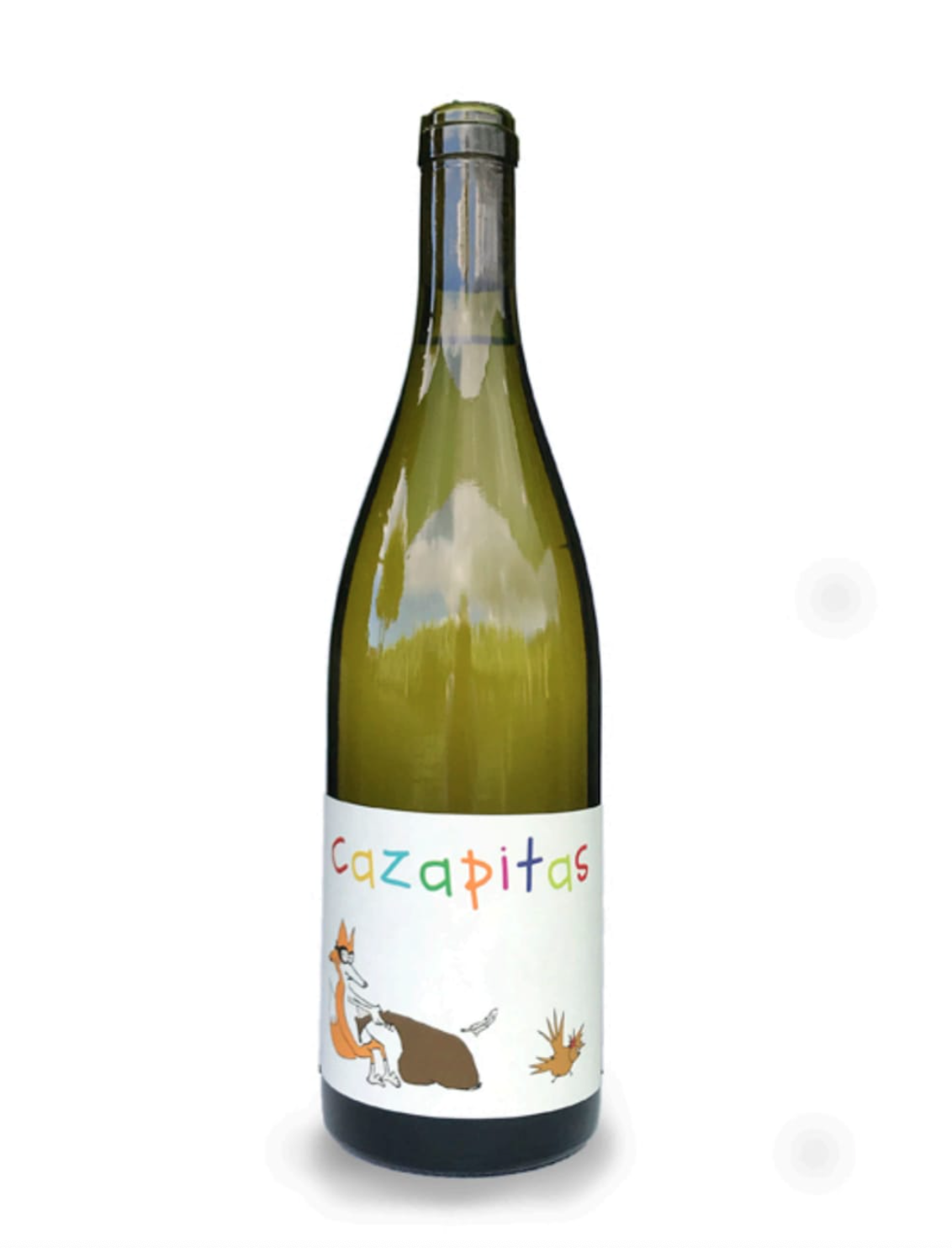
Raposo, Cazapitas, Barbanza e Iria (labelled out of the PGI), 2018
Cazapitas’ Raposo was one of the cuvées that opened my eyes to the aging potential of Branco Lexítimo. Although this 2018 is difficult to find because there might not be many bottles left, I thought talking about how some of our whites age is worth it to value them. When young, Raposo gives life to very citrusy, floral wines with hints of green apple and mirabelle plums; with a tension and nerve that electrifies the palate. Despite being made in stainless steel, the variety doesn't produce simplistic wines due to its ability to speak of its soils, showcasing iodine and wet rock inputs. If you come across recent vintages, don't hesitate to buy several bottles, some to understand what this variety is about while you enjoy drinking it, and others to keep in the cellar for a while just as I did. You'll be surprised by its varietal character, which has gradually become more mellow and complex (confit fruit, polen, and a slight hint of petrol) without losing that characteristic overwhelmingly addictive energy. A variety that will give much to talk about.
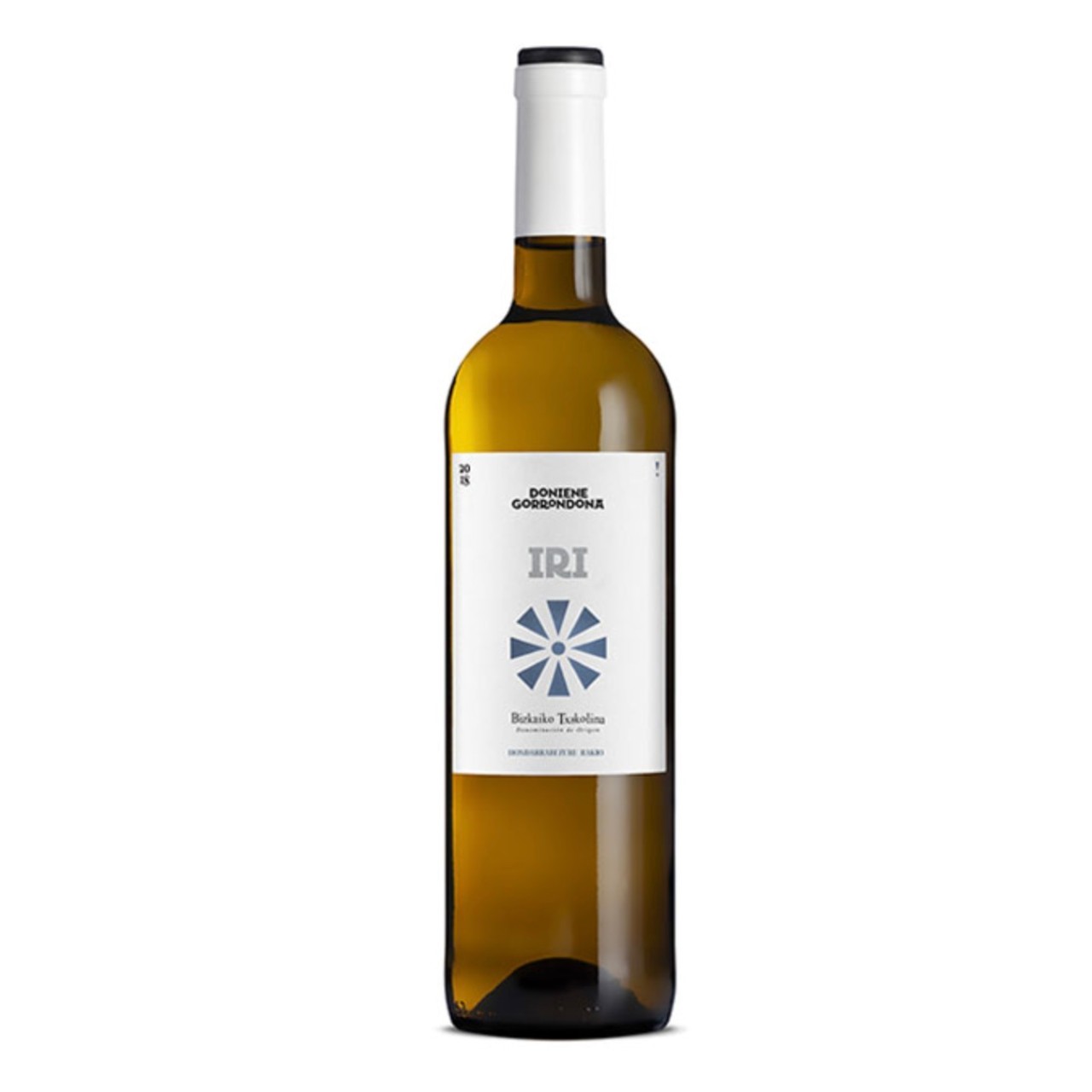
Iri by Doniene Gorrondona, Bizkaiko Txakolina DO, 2022
If you're not one of those who drinks Txakolí for that benchmark light fizz, then I recommend you seek this out because it will pleasantly surprise you, as it's a very serious wine (no fish at all) and possibly one of the best value for money whites made in Spain right now. It's made by Doniene Gorrondona, who are part of the new wave of wineries in the Basque Country trying to make terroir-driven wines. Iri was their first single vineyard cuvée, sourced from a coastal vineyard at 250 meters above sea level, where they harvest very low yields to obtain high-quality, concentrated grapes that retain that sapid acidity so characteristic to the Hondarribi Zuri variety. It’s made entirely in stainless steel, resting on its lees for a while, and giving us a textural wine that it is pure salty nerve. Lovely perfumed personality (bergamot, lemon peel, sage, thyme, white flowers, polen) and a great aging potential. Top-notch.
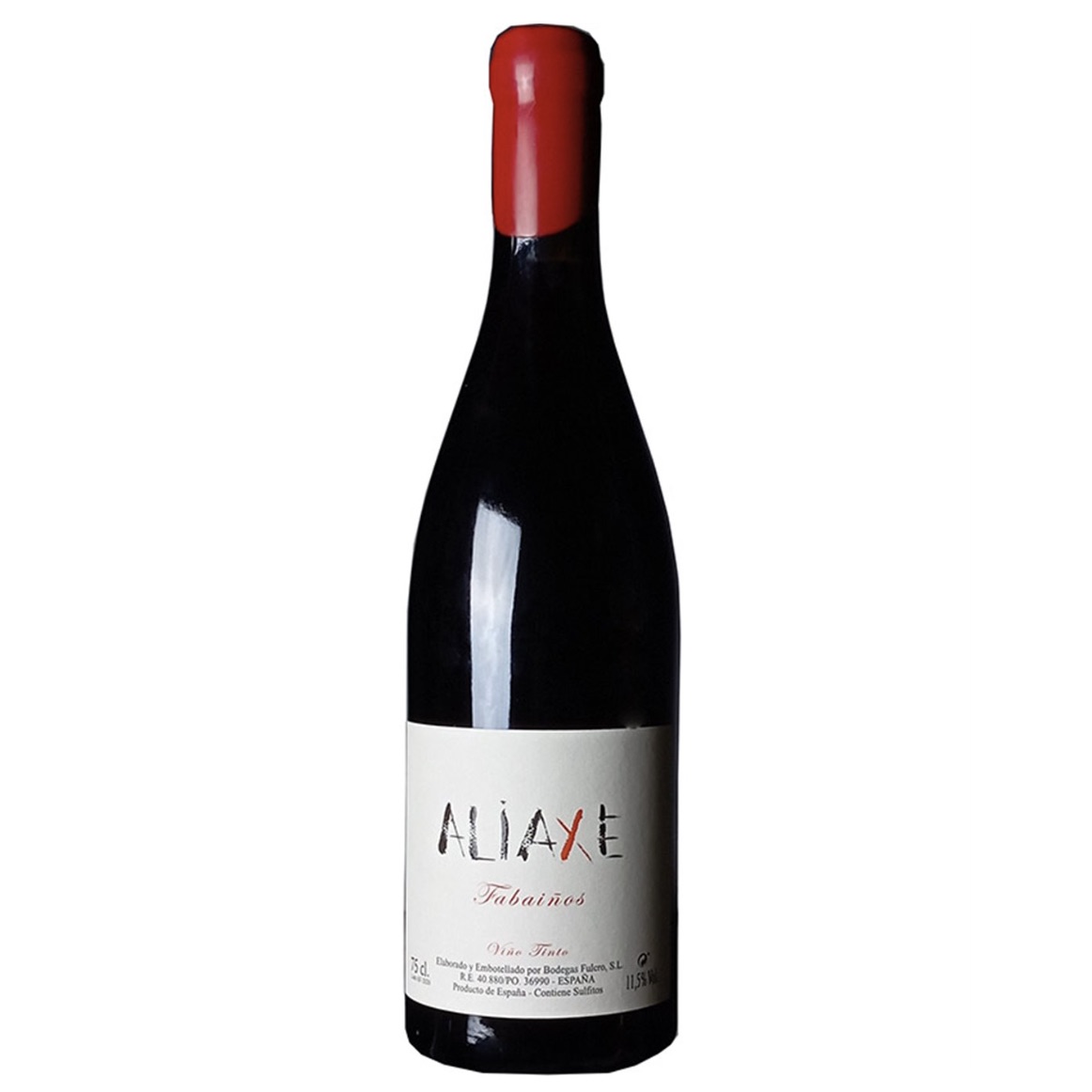
Aliaxe by Bodegas Fulcro, Rías Baixas DO, 2021
At Manuel Moldes' house, wine had always been made for their own consumption but in 2009 Chicho set a garage project (literally) focused on making terroir wines in the Salnés Valley. Aliaxe is an ode to local idiosyncrasy as it revives the tradition of making red wines in Salnés. This is his entry-level cuvée, which blends the three typical varieties of the area (60% Caiño Tinto, 20% Espadeiro, and 20% Loureiro). The wine fermented spontaneously (de-stemmed) to then be aged for 12 months in used barrels, giving us a wine that cuts thru like a dagger! Superbly well crafted rustic elegance (padron pepper, cranberries, pomegranate, bayleaf, iodine), and only 11% ABV that invites us to connect with coastal Galicia. It's the perfect example to understand what locals drank before the Albariño boom. If you have the chance, look for his top-notch wine, called Aliaxe Fabaiños, from very old vines of Espadeiro vines that is truly exquisite.
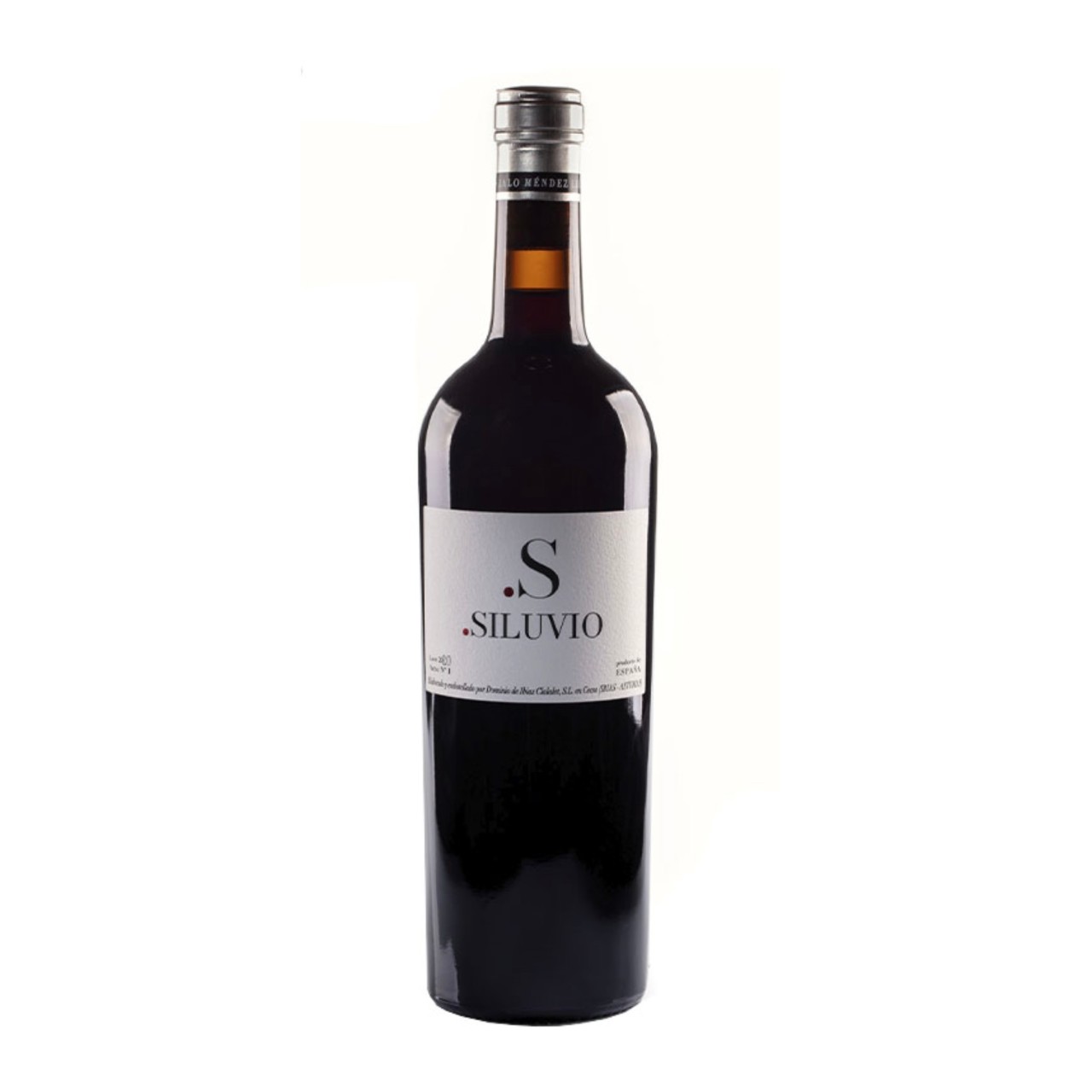
Tinto Cantábrico Atlántico by Bodegas Siluvio, Cangas PDO, 2022
This is the personal project of Lalo Méndez León who, after working as a wine distributor,invested in a small vineyard and winery in the mountains of southwestern Asturias with the aim of recovering the winemaking tradition in the Ibias sub-area. For this cuvée, he blends local red varieties such as Carrasquín, Albarín Negro, Verdejo Negro and some Mencía. The grapes come from three vineyards where slate soils predominate, although deposits of sand, clay, and silica pebbles are also found. Vineyards located at an altitude of approximately 500 meters and with a 40% gradient, which is why they are considered heroic mountain viticulture. After fermenting in open barrels and undertaking a very gentle maceration, the wine was aged in a combination of barrels and stainless steel tanks. The result is a highly aromatic wine which dislays nuances of cassis, blueberries, plums, violets, gorse, and juniper. The palate is ethereal and weightless, thanks to a refreshing fluidity and a mountainous freshness that make its character unique.
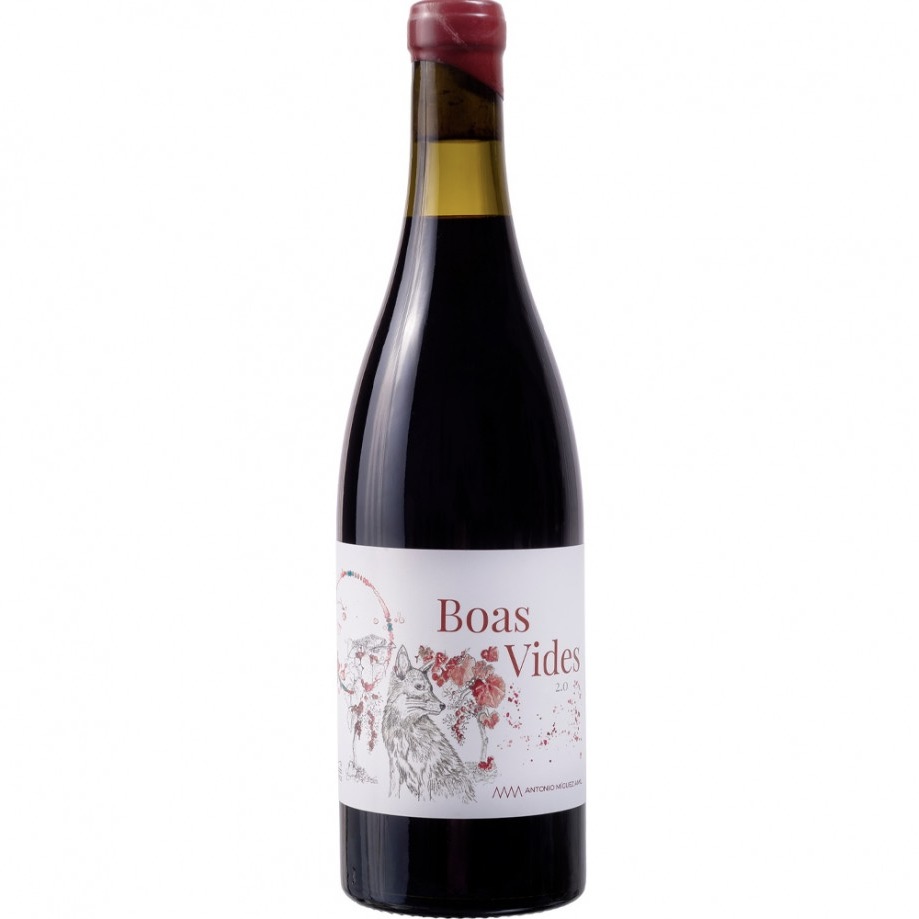
Boas Vides by Antonio Míguez Amil, Ribeiro DO, 2020
Antonio Míguez is a small winemaker who is obsessed with the idea of bringing the historic wines of Ribeiro back to life. Boas Vides is his flagship, the result of the co-plantation of that viticultural polygamy that prevails in his 3 historical vineyards: San Lourenzo da Pena, Peitieiros and A Viña da Formigueira. This is a red wine that despite blending many indigenous varieties (Carabuñeira, Zamarrica, Caíño Longo, Sousón, Espadeiro and Brancellao) it is of exquisite finesse, with warmth and remarkable roundness. It is loaded with a seductive depth of fruit (plums, blackberries, wild strawberries, cherries), herbals (a walk in the forest) and spices like liquorice and dark chocolate. Silky tannins, a weighty yet gracile body, and a present but well-integrated acid backbone call for a very fine pour that's drinking spectacularly right now, but that it will reward you even more if you are a bit patient.
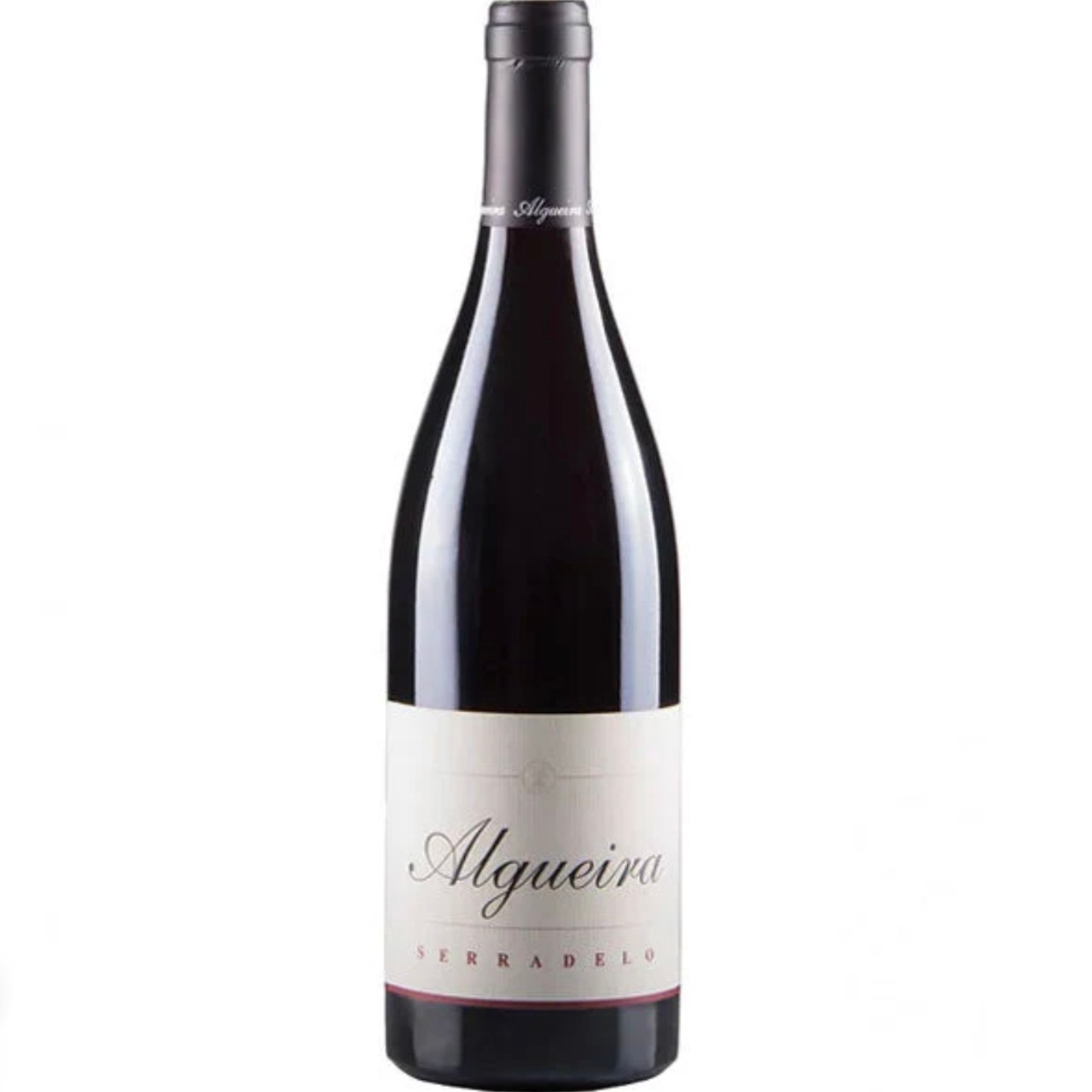
Serradelo by Algueira, Ribeira Sacra DO, 2015
Serradelo is how Galicians also refer to for Brancellao variety. This cuvée comes from Ribeira Sacra’s vertical slopes, and it’s made by the hands of Fernando González (Bodegas Algueira). Although I'm not a fan of comparisons, many call it the Pinot Noir of Northern Spain, and I understand why: pale in color (due to a smooth maceration), silky, supple, fragrant (cherries, blood oranges, bayleaves), ethereal, vertical, and capable of showcasing the profile of those slate and schist soils where it grows in the mouth. Algueira works this Brancellao in used barrels for about 14 months, and despite being 10 years old, the wine still has plenty of life ahead. This is certainly a cuvée to have in any self-respecting wine cellar.